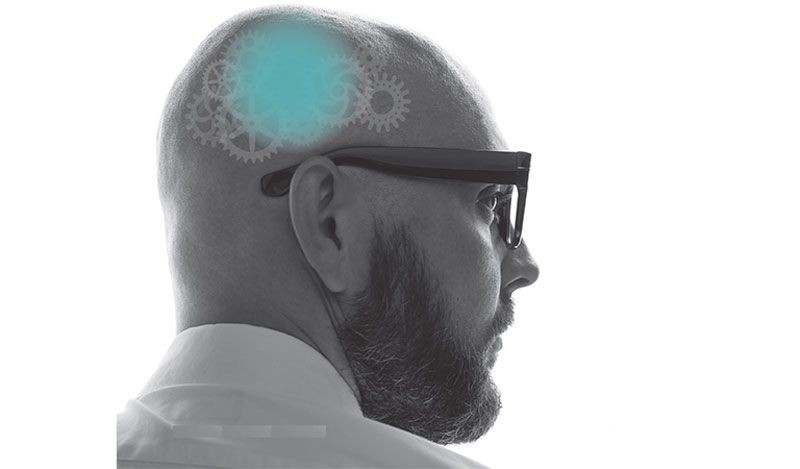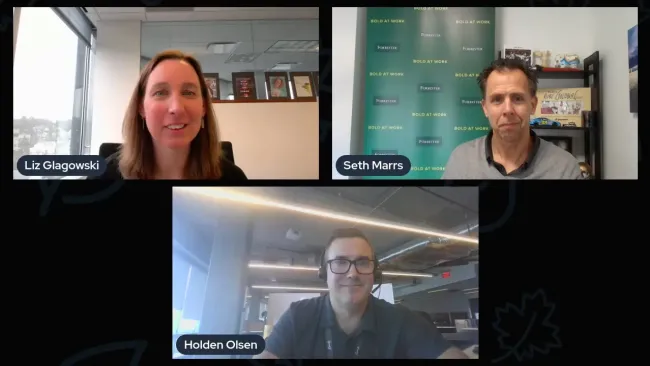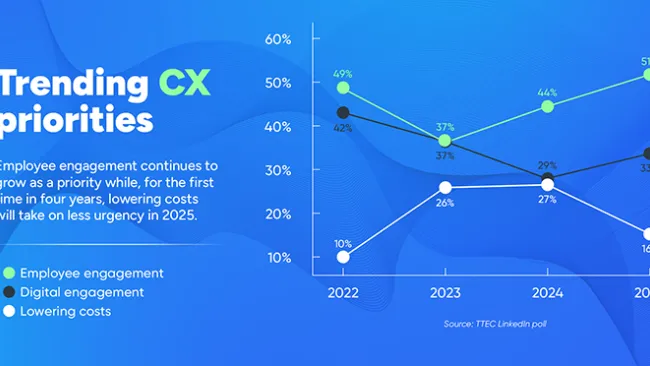People recognize that the world and the workplace with it are changing. Companies not only use different countries for different functions, but they create and eliminate functions all the time—many of the highest paid non-management jobs did not exist 10 years ago. At the same time, computational power and robotics are making many jobs obsolete.
Alongside other global concerns, we recognize the need to adapt our way of thinking to address the plethora of current global challenges. This also means challenging the mental habits, paradigms, and assumptions that have been successful right up until the 21st century.
As companies vie to keep up with these changes, it’s important to recognize that many of the attitudes and behaviors of people involved will be unconsciously influenced. This can be both useful and hindering, so understanding this is paramount.
Unconscious bias is a catch-all phrase for how we make decisions that are based on “rules of thumb” rather than all the facts. There is a fast-increasing body of knowledge exploring this tricky human phenomena. Businesses are now keen to catch-up with the science in order to improve the experience they provide to both their customers and employees. From changing the way businesses hire and hold meetings, to how they reach their markets, understanding the predictable, but not always rationale, choices of human beings will help improve their customer experience strategies. The potential here is only just being realized.
There are many layers of conscious and unconscious thinking. We are more unconscious than conscious. For example, you are probably not even conscious of your breathing—until you read this. We only become conscious of things through our senses and our attention. However, we can’t be conscious of all of our senses all of the time. As we grow up, we filter information to create mental shortcuts and develop habits that help us get by. It is these consciously created “rules of thumb” that once learned, become unconscious. Like habits, unconscious biases are hard things to break.
These biases are formed in our brains unknowingly throughout our lifetime. Some help us be more efficient or put real “brainpower” to other tasks. But some of these biases may lead to workplace discrimination, unhealthy risk aversion, overinflated confidence, and poor business decisions.
Understand the situation
The first step to tackling unconscious bias is to raise awareness in ourselves and call it out in others. As leaders, we cannot begin to do anything about it if we refuse to recognize its existence. We may even be contributing to the problem.
Just as there are hundreds of unconscious biases, there are as many ways for it to show up in the workplace. Three common areas where it has an impact are:
• Sales & marketing
• Employee engagement
• Leadership & decision-making
Overcome bias in sales & marketing
Three biases are particularly prevalent here:
• Availability cascade (Recency bias). If the information is easy to recall, then we believe it is more likely to be true. This is enforced by repetition as well as by recent events.
• Affinity bias. People like people like themselves.
• Rhyme as reason bias. Emphasis is more powerful than logic (no pain, no gain, for example).
Availability/recency bias: We are bombarded with more information than we know what to do with. To find the most relevant information, we tend to make short cuts. For example, if I were to ask you how happy you are, your answer would most likely be influenced by what comes to mind first. Scientists have discovered that people are influenced by things as random as the kind of images on display in the background, what questions they were just asked, or even if they’ve found a small coin.1 Furthermore, most people were not ever aware that they had been influenced by these things. Product placement is a tactic marketers use to tap into this bias, for example.
Affinity bias: People prefer to say yes to people they know and like, says author and professor Robert Cialdini. “Not only do people like people like themselves, but they find comfort in identifying commonalities,” he adds. “This is particularly important in new situations where we are less at ease.”
Most salespeople know this intuitively. Furthermore, the research suggests that when strangers find common ground, they have more successful outcomes at a negotiation. Research shows that in negotiations when people engage in a short period of social exchange and identify common ground, they experience 20 percent less chance of deadlock.
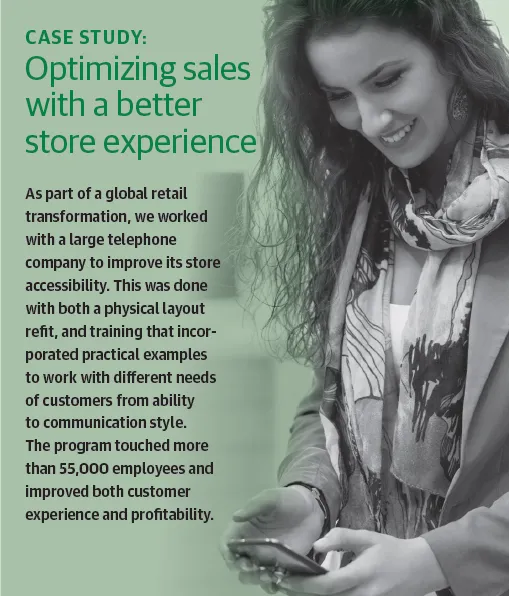
Rhyme as reason bias: Simply put, the rhyme as reason effect (or Eaton-Rosen phenomenon) is a tendency to hear rhyming statements as more truthful. A famous example was used in the O.J Simpson trial when the defense used the phrase, “If the gloves don’t fit, then you must acquit.”
While we may consciously reject the information, we may still “feel” it to be true and treat information that rhymes with more credibility, even when we consciously know it is not. This is why marketers know that messages have to be simple and repeatable, or they have no chance of getting through.
Proactively fight bias to build employee engagement
Bias, both conscious and unconscious, impacts the way that organizations attract and engage their employees in recruitment, retention, and contribution.
Recruitment: There has been much research into where stereotype biases have impacted recruitment, most notably studying how potential employers respond to CVs with different names on them. The more “ethnic” a name of the candidate, the less likely they were to be contacted, even when all the information on the CV matched a neutral name.
To mitigate this bias, consider what information you really need when creating a job posting. Some less essential information may trigger unconscious bias, like what school applicants graduated from or how old they are. Many organizations and governments now use forms that separate identity characteristics from job specification questions. Also, it pays to be clear about what you want: understand the job selection criteria for success and repeat out loud with your co-assessors to mitigate unconscious prejudices.
Retention: People can be impacted by the negative stories attached to stereotypes, both through identification, or just labelling others. Stereotypes influence not only hiring, but also performance, appraisals, and feelings of belonging. These biases can be unconsciously triggered with visual imagery that reinforces stereotypes, or by asking people to identify certain characteristics, like race or age. In addition, exposure to positive or negative portrayals of people of a particular identity will unconsciously impact the way that people of that identity perform under pressure. Further research has shown that even background images will affect people’s behavior, both toward others and subconsciously on their own ability to perform.
To combat these biases, companies should use language that highlights inclusion rather than exclusion, and opportunity rather than limitation.
Contribution: Feelings of inclusion and value also show up in the way employees
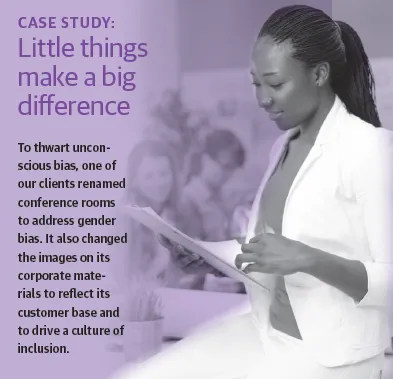
contribute and perform at work. In his book “Drive,” Daniel Pink cites autonomy, or the ability to direct one’s own life, as an essential ingredient in driving discretionary effort. If choice isn’t granted in the workplace, then people will feel less like giving up their time. Employees want to feel they have control of their destiny.
Making sure you engage your employees in the organization’s purpose and allowing them to find how they can contribute can help people, particularly those under-represented in the workplace, to feel more included—and help your company’s bottom line.
Leaders set the tone of corporate culture
Leaders have an opportunity, and an obligation, to consciously shape their businesses and build on what works by rising above learned and habitual responses that no longer suit the current state of play.
Alongside training and branding, there is a lot leaders can do to set the tone of an organization. The first thing is to raise their own awareness. Greater awareness leads to progress in other key areas, including:
• Analysis and diagnostics: Commit resources to collecting data about why people stay or leave, matching qualitative and quantitative information.
• Training programs: Attend and endorse culture change programs at the very top.
• Structural changes: Reimagine recruitment and retention strategies; performance and compensation.
• Environment and culture: These are set by leaders’ language and actions, values, and vision.
It is through environment and culture that leaders make the biggest contribution to whether the business successfully addresses its biases. They do this by both setting the direction of the business, and also by “walking the talk.”
The biggest challenge any person faces is the willingness to meet uncertainty with an open mind. Uncertainty usually creates fear and encourages self-protecting beliefs. This in turn leads us to find comfort in the familiar—surroundings, people, or mental habits. We may even be prone to confirmation bias when under threat to give us a sense of certainty.
Ironically, it is in uncertainty that most need to rise above these biases to make new connections and to reach new understandings. The leader who can do this has really mastered the role.
Where to start?
Once you are aware of some of the biases in your organization, you can do something about them. It is one thing to be aware of stereotypes and biases, but we also have to also take actions. In fact, some researchers argue that raising awareness alone simply normalizes their bias and “lets people off the hook.”
Here are steps that you, your organization, and your leadership can make to mitigate unconscious bias at work:
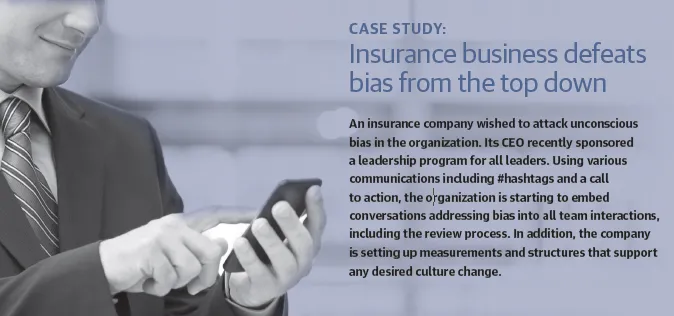
Individual Actions
Step 1: Know you’re biased
Raise awareness of your own and your organization’s biases. Organizations that believe they are not biased often make worse decisions than those that do.10 Be clear with everyone that raising awareness is only the start, by raising awareness you are asking for social permission to implement systems, processes, and tools to eliminate the risk and lost value of the bias.
ACTION: Assess your own biases through objective tests and undertake unconscious bias awareness training.
Step 2: Confidence and conflict training
It is important to focus on the positive outcomes and how taking action will support one’s own personal goals, rather than what might get in the way. Increasing awareness of these dynamics can also help people focus on strategies that have the best chance of succeeding. Ultimately however, addressing it will take some degree of confidence and a willingness to step into the unknown.
ACTION: Undertake practical confidence and conflict training and coaching.
Step 3: Appreciate diversity
Inclusivity implies that differences do exist and necessarily appreciates diversity. Whilst teams may have alignment of purpose, goals, or a vision, they may have differences in strategy or style in achieving these goals. This can create friction, which can result in behavior that can undermine the organization’s efforts to have everyone ad value.
ACTION: Acknowledge differences beyond the visible and protected characteristics and appreciate that they are an essential part of a thriving team. Seek to identify the positive aspects of behaviors you don’t understand or even dislike.
Organizational steps
Step 1: Get the right data
Collect organizational data that can drive accurate analysis of the patterns of exclusion and inclusion. Businesses that say they will be more conscious of their biases without measuring them tend to be more biased in their behavior at work.
ACTION: Consult your HR team for the data they collect on performance trends, as well as hiring and exit data that includes quantitative and qualitative measures. Use a network analysis diagnostic to look at where people do and do not communicate or share information.
Step 2: Create checklists
Make sure you have a structure or checklist in all departments against which you can check you outcomes. For example, Google created a checklist of assumptions about its target users to help its design business overcome challenge of bias11. Not only does this help it bring up unconscious biases, it helps them stay customer-centric and avoid reputational disasters.
ACTION: Create product/service checklists in each department in your business.
Step 3. Know your environment
Take a step back and objectively review your environment. Is there equality of space? What are the cues of acceptability? Are your meeting rooms named after men or white people? Are social activities varied? What is the dress code?
ACTION: Walk the floor as a customer and review the symbolism—both intended and unintended, that create the environment.
Actions for Leaders
Step 1: Use feedback
Even with systems and processes we are susceptible to unconscious bias, especially under time constraints. An open, honest, feedback culture enables an organization to both raise issues and mitigate against unhelpful bias. It also helps teams remove guilt, shame, or anxiety about their bias. A feedback culture and feedback mechanics within decision-making scenarios give people the chance to check your selectivity and bias, both yours and others.
ACTION: Take an anonymous 360-report requesting assessments of your behavior.
Step 2: Use your language to positively prime your organization
Shift the recency bias effect by presenting an equality prime. “We wouldn’t expect to see any gender differences in these tests/ applications for promotions.” This often sends subtle coded messages that get decoded by the receiver and create self-fulfilling placebo prophecies.
ACTION: Assess your language and notice the primes that you maybe unconsciously creating.
Step 3: Lean in collectively
Don’t just lean in. Make sure that the strategy is scalable rather than leaving it to ‘minorities’ to assert themselves.
ACTION: If you see others being excluded, say something to bring them in or raise awareness.
A final word
The cumulative effect of bias—multiplied over time and generations reminds me of the grain of rice on a chessboard story where the number of grains increases from square to square by doubling the previous square… By the time you get to the 64th square there are millions of grains of rice. Whereabouts are you in your leadership board?
